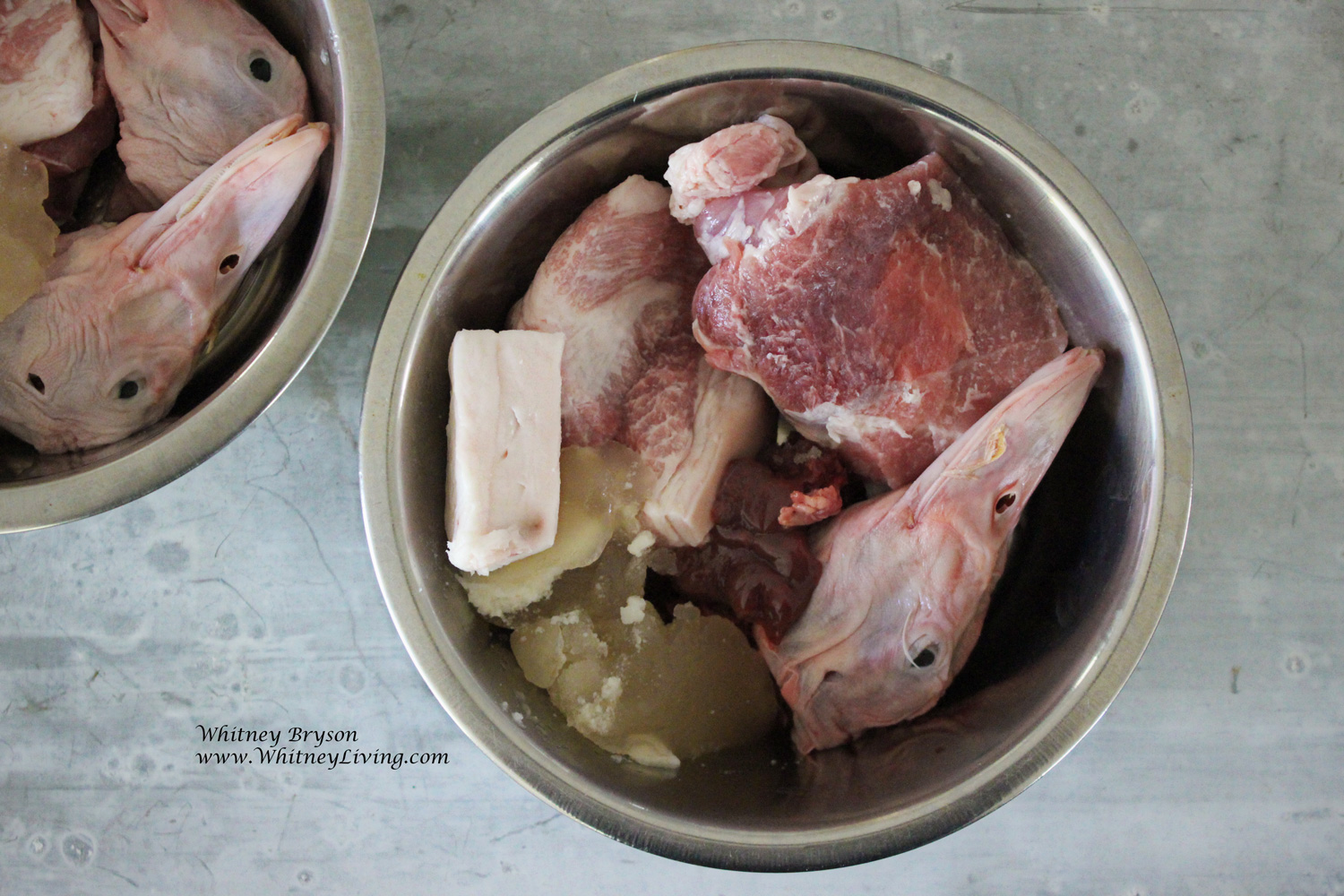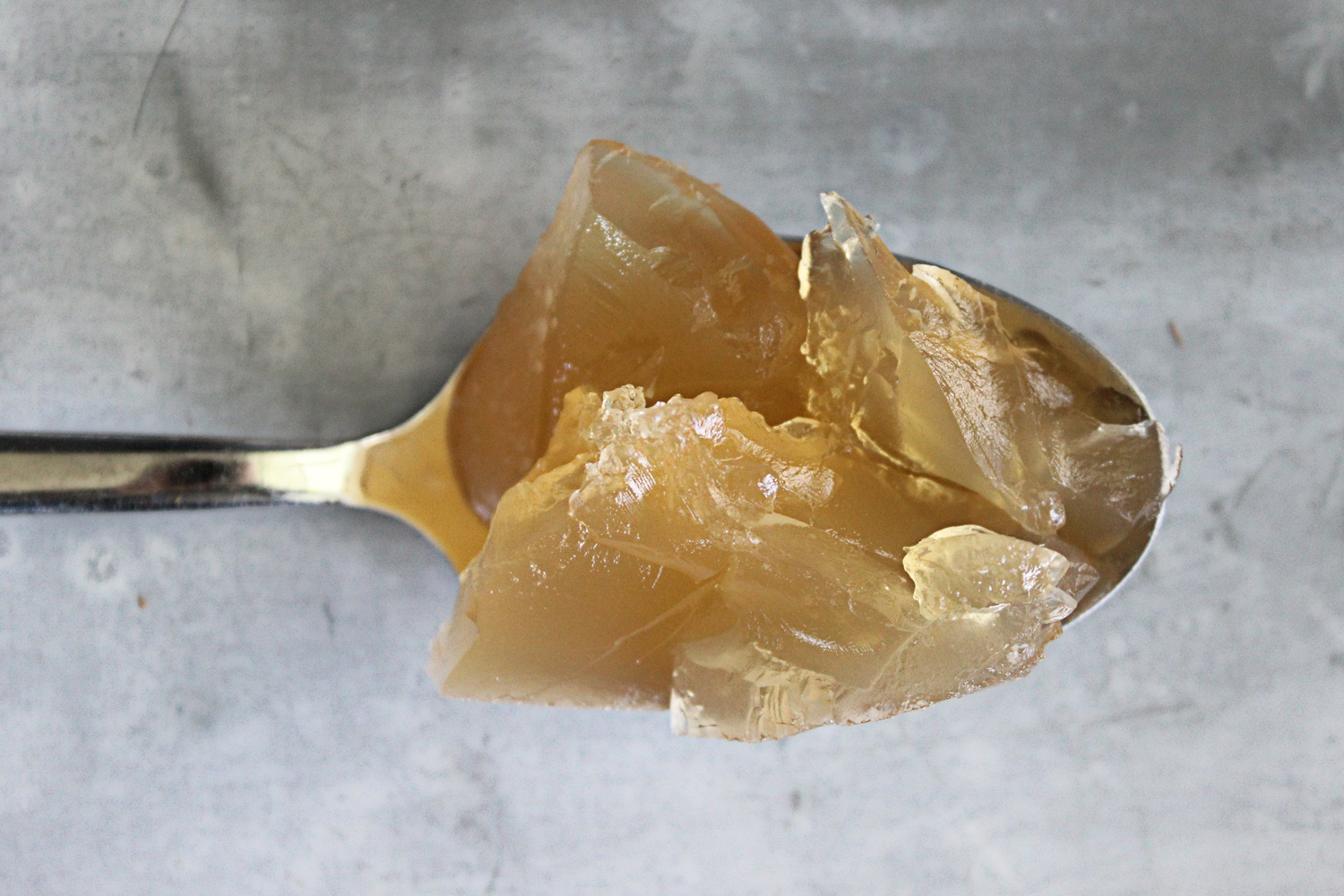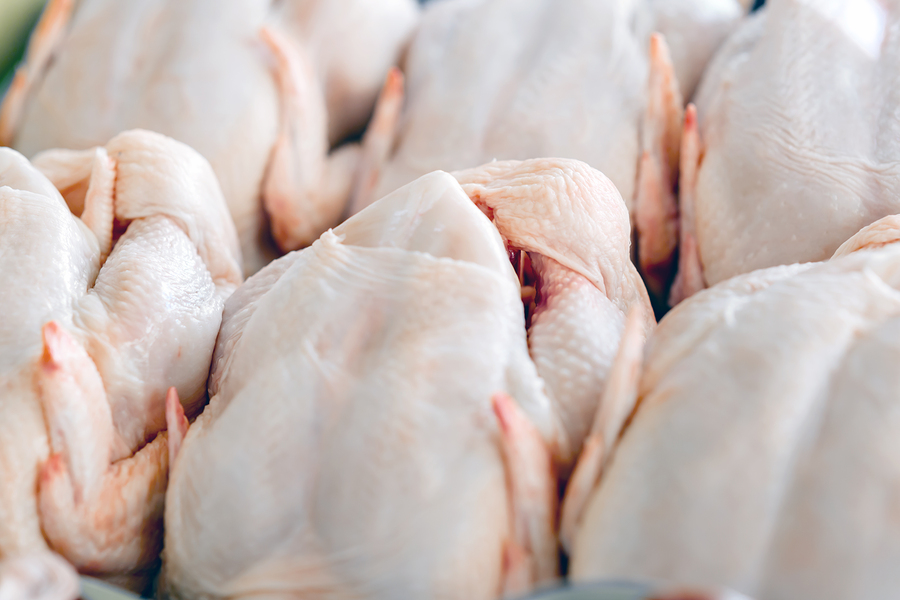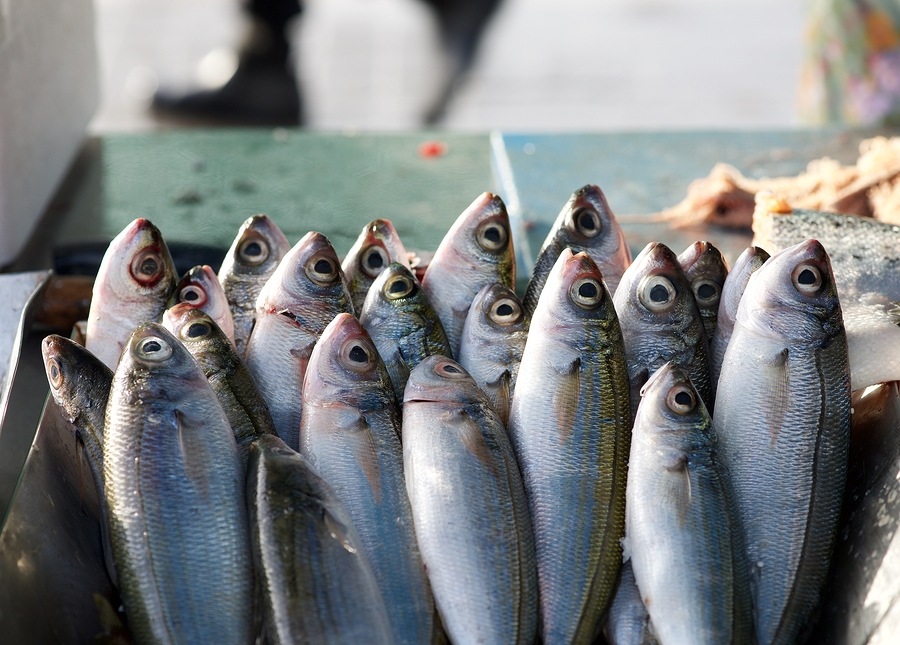7 Benefits Of Feeding Dogs A Raw Diet
People who feed their dogs a diet of whole, raw meats, bones and organs, often notice a variety of improvements to their dogs’ health within a very short period of time. While there are 101 benefits to feeding raw, these are the benefits and improvements…



